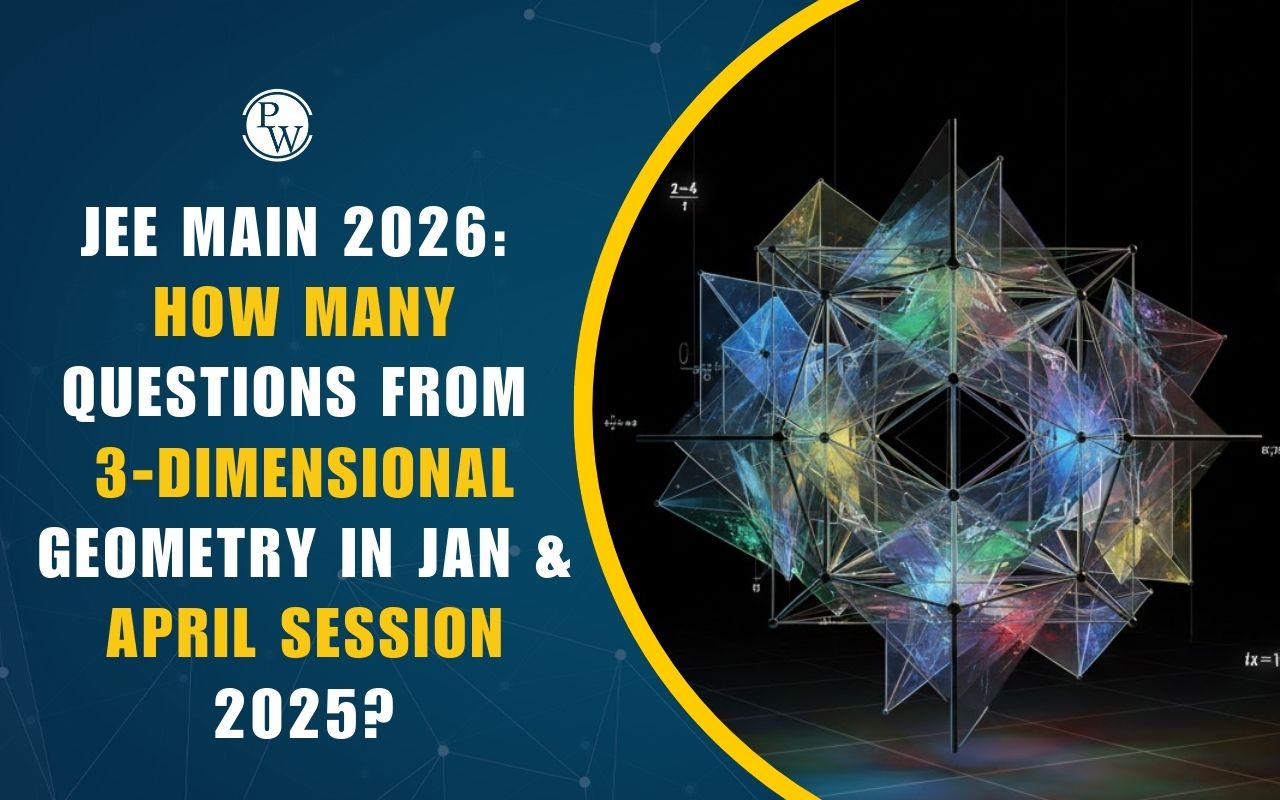
D Block Elements : d block elements are a group of elements in the periodic table that have partially filled d orbitals in their atoms. They are located in the middle of the periodic table, from groups 3 to 12 and periods 4 to 6.
What Are D block Elements?
d block elements, also known as transition elements or transition metals, are a group of elements that occupy the d-block of the periodic table. These elements are located in the middle of the periodic table between the s-block (Group 1 and Group 2 elements) and the p-block (Group 13 to Group 18 elements). d block elements are divided into four series:- 3d series: The 3d series contains the elements from scandium (Sc) to zinc (Zn).
- 4d series: The 4d series contains the elements from yttrium (Y) to cadmium (Cd).
- 5d series: The 5d series contains the elements from lanthanum (La) to mercury (Hg).
- 6d series: The 6d series contains the elements from actinium (Ac) to rutherfordium (Rf).
Position of D Block Elements in Periodic Table
The d block elements are positioned in the middle of the periodic table, between the s-block (Group 1 and Group 2 elements) and the p-block (Group 13 to Group 18 elements). They are found from Group 3 to Group 12 in the periodic table. The d-block starts with Scandium (Sc) and includes elements up to Zinc (Zn) in the 3d subshell. After Zinc, the d-block continues with the 4d subshell from Yttrium (Y) to Cadmium (Cd), followed by the 5d subshell from Hafnium (Hf) to Mercury (Hg).Why d block Elements are Known as Transition Metals?
d block elements are known as transition elements because they exhibit transitional behavior between s-block and p-block elements. Their properties are intermediate between highly reactive metallic elements of the s-block, which are typically ionic compounds, and elements of the p-block, which are mostly covalent.- The s-block elements are located on the left side of the periodic table, and they have valence electrons in the s-orbital. These elements are highly reactive and tend to form ionic compounds.
- The p-block elements are located on the right side of the periodic table, and they have valence electrons in the p-orbital. These elements are less reactive than the s-block elements, and they tend to form covalent compounds.
- The d block elements are located in the middle of the periodic table. These elements are less reactive than the s-block elements, but they are more reactive than the p-block elements.
Electronic Configuration of d block elements
The electronic configuration of the d block elements is characterized by the filling of their d-orbitals. The general electronic configuration for d block elements is (n-1)d 1-10 ns 1-2 , where "n" represents the principal quantum number. Here is the electronic configuration of the d block elements:First Transition Series (3d series):
- Scandium (Sc): [Ar] 3d¹ 4s²
- Titanium (Ti): [Ar] 3d² 4s²
- Vanadium (V): [Ar] 3d³ 4s²
- Chromium (Cr): [Ar] 3d⁵ 4s¹
- Manganese (Mn): [Ar] 3d⁵ 4s²
- Iron (Fe): [Ar] 3d⁶ 4s²
- Cobalt (Co): [Ar] 3d⁷ 4s²
- Nickel (Ni): [Ar] 3d⁸ 4s²
- Copper (Cu): [Ar] 3d¹⁰ 4s¹
- Zinc (Zn): [Ar] 3d¹⁰ 4s²
Second Transition Series (4d series):
- Yttrium (Y): [Kr] 4d¹ 5s²
- Zirconium (Zr): [Kr] 4d² 5s²
- Niobium (Nb): [Kr] 4d⁴ 5s¹
- Molybdenum (Mo): [Kr] 4d⁵ 5s¹
- Technetium (Tc): [Kr] 4d⁵ 5s²
- Ruthenium (Ru): [Kr] 4d⁷ 5s¹
- Rhodium (Rh): [Kr] 4d⁸ 5s¹
- Palladium (Pd): [Kr] 4d¹⁰
- Silver (Ag): [Kr] 4d¹⁰ 5s¹
- Cadmium (Cd): [Kr] 4d¹⁰ 5s²
Third Transition Series (5d series):
- Hafnium (Hf): [Xe] 4f¹⁴ 5d² 6s²
- Tantalum (Ta): [Xe] 4f¹⁴ 5d³ 6s²
- Tungsten (W): [Xe] 4f¹⁴ 5d⁴ 6s²
- Rhenium (Re): [Xe] 4f¹⁴ 5d⁵ 6s²
- Osmium (Os): [Xe] 4f¹⁴ 5d⁶ 6s²
- Iridium (Ir): [Xe] 4f¹⁴ 5d⁷ 6s²
- Platinum (Pt): [Xe] 4f¹⁴ 5d⁹ 6s¹
- Gold (Au): [Xe] 4f¹⁴ 5d¹⁰ 6s¹
- Mercury (Hg): [Xe] 4f¹⁴ 5d¹⁰ 6s²
Note that in the case of chromium and copper, one electron from the 4s orbital is promoted to the 3d orbital to achieve a more stable configuration.
Properties of d block elements
- Variable Oxidation States: Transition metals exhibit multiple oxidation states due to the availability of their d-orbitals. They can readily lose or gain electrons to form ions with different charges. For example, iron (Fe) can exist in the +2 or +3 oxidation states.
- Catalytic Activity: Transition metals are excellent catalysts. Their ability to undergo redox reactions and their versatile oxidation states make them effective in facilitating chemical reactions by providing an alternate pathway with lower activation energy.
- High Melting and Boiling Points: d block elements generally have higher melting and boiling points compared to s-block elements. The strong metallic bonding resulting from the overlapping of d-orbitals contributes to their high melting and boiling points.
- High Density: Transition metals tend to have higher densities compared to other elements. The close packing of atoms in their crystal structures, along with their relatively large atomic masses, leads to their higher densities.
- Paramagnetic Behavior: Many transition metals are paramagnetic, meaning they are attracted to an external magnetic field. This is a result of the presence of unpaired electrons in their d-orbitals.
- Colorful Compounds: Transition metal compounds often exhibit vibrant colors due to the absorption and emission of specific wavelengths of light by the d-electrons. The energy level differences between the d-orbitals contribute to the broad spectrum of colors observed.
- Malleability and Ductility: Transition metals are generally malleable and ductile. Their ability to be hammered into thin sheets (malleability) and drawn into wires (ductility) is due to the uniform and orderly arrangement of atoms in their crystal lattice structures.
- Alloy Formation: Transition metals readily form alloys with other elements. The incorporation of different elements into the metallic lattice can improve the mechanical, thermal, and chemical properties of the resulting alloy.
General Trend In Properties of d block elements
1. Atomic and Ionic Radii
The atomic and ionic radii of d block elements vary across the periodic table. Here are a few examples illustrating the trends in atomic and ionic radii within the d-block: Scandium (Sc) - Atomic Number: 21- Atomic Radius: The atomic radius of scandium is approximately 160 picometers (pm).
- Atomic Radius: The atomic radius of titanium is about 147 pm.
- Atomic Radius: The atomic radius of chromium is around 128 pm.
- Atomic Radius: The atomic radius of iron is approximately 126 pm.
- Atomic Radius: The atomic radius of copper is about 135 pm.
- Fe 2+ (Iron(II) ion): The ionic radius of Fe 2+ is approximately 78 pm.
- Fe 3+ (Iron(III) ion): The ionic radius of Fe 3+ is around 64 pm.
- Cu + (Copper(I) ion): The ionic radius of Cu + is about 77 pm.
- Cu 2+ (Copper(II) ion): The ionic radius of Cu 2+ is approximately 73 pm.
- Across a period, the atomic and ionic radii of d block elements generally decrease due to increased effective nuclear charge.
- Down a group, the atomic and ionic radii of d block elements increase due to the addition of new electron shells.
2. Ionization Energy
- The ionization energy of d block elements tends to be higher than that of s-block elements.
- Across a period, the ionization energy generally increases due to increased effective nuclear charge.
3. Electronegativity
- d block elements have moderate to high electronegativities compared to s-block elements.
- Across a period, the electronegativity of d block elements generally increases due to increased effective nuclear charge.
- Down a group, the electronegativity of d block elements tends to decrease.
4. Oxidation States
- d block elements exhibit multiple oxidation states due to the availability of valence electrons in the d-orbitals.
- The common oxidation states of d block elements often involve the loss or gain of d-electrons to achieve stable configurations.
5. Magnetic Properties
The d block elements exhibit various magnetic properties due to the presence of unpaired electrons in their d-orbitals. These properties can be categorized into three main types: paramagnetism, diamagnetism, and ferromagnetism.Paramagnetism :
- Paramagnetic substances are attracted to an external magnetic field due to the presence of unpaired electrons.
- d block elements with one or more unpaired electrons, such as Fe (iron) and Cr (chromium), exhibit paramagnetic behavior.
- In the presence of a magnetic field, the unpaired electrons align their spins parallel to the field, resulting in a weak attraction.
Diamagnetism:
- Diamagnetic substances are weakly repelled by an external magnetic field.
- d block elements with only paired electrons, such as Zn (zinc) and Cu (copper), exhibit diamagnetic behavior.
- Diamagnetic substances have all their electrons paired, resulting in the cancellation of magnetic moments.
Ferromagnetism:
- Ferromagnetic substances exhibit strong attraction to an external magnetic field and can retain their magnetization even after the field is removed.
- While ferromagnetism is not commonly observed in pure d block elements, some d-block compounds and alloys can exhibit ferromagnetic properties.
- Examples include iron-nickel (Fe-Ni) alloys and iron-cobalt (Fe-Co) alloys, which are widely used in permanent magnets.
6. Melting and Boiling Points
- d block elements generally have higher melting and boiling points compared to s-block elements.
- This is attributed to the strong metallic bonding resulting from the overlap of d-orbitals and the dense packing of atoms.
7. Complex Formation
- d block elements have a strong tendency to form coordination complexes due to their ability to act as Lewis acids and coordinate with ligands.
- Complex formation is a characteristic property of d block elements, wherein they readily form coordination complexes by binding with ligands. Coordination complexes consist of a central metal ion or atom surrounded by ligands, which are typically Lewis bases (molecules or ions with lone pairs of electrons).
- Example: Formation of a complex between copper(II) ion and ammonia ligands
D Block Elements : Formation of Interstitial Compounds
The formation of interstitial compounds in the d block elements involves the incorporation of small atoms or molecules into the interstitial sites of a crystal lattice formed by the d-block metal atoms.- The crystal lattice of a d-block metal is made up of closely packed metal atoms. The spaces between these metal atoms are called interstitial sites. These sites are relatively small and can accommodate smaller atoms or molecules.
- Interstitial compounds are formed when small atoms or molecules, typically non-metallic elements, occupy the interstitial sites within the crystal lattice. These interstitial atoms or molecules should be small enough to fit into the available interstitial spaces without significantly disrupting the metallic bonding between the metal atoms.
- The interstitial atoms or molecules are held within the lattice by intermolecular forces, such as van der Waals forces or dipole-dipole interactions. These forces are weaker compared to the metallic bonding between the metal atoms.
- The size of the interstitial sites determines which atoms or molecules can occupy them. Since the d block elements are generally larger in size, they can accommodate smaller atoms or molecules, such as hydrogen (H), carbon (C), nitrogen (N), boron (B), and others.
- The presence of interstitial atoms or molecules in the crystal lattice can cause localized distortions in the lattice structure. This can result in strain or stress being introduced to the lattice, which can affect the material's mechanical properties.
- The formation of interstitial compounds can contribute to the strengthening of alloys.
- Interstitial compounds may have a non-stoichiometric composition, meaning the ratio of interstitial atoms or molecules to metal atoms is not a simple whole number. This is because the number of interstitial sites in the lattice may not perfectly match the number of interstitial atoms or molecules that can occupy them.
Q1. How are d-block elements different from s-block and p-block elements?
Q2. Why do transition metals form colored compounds while s-block elements do not?
Q3. How does the formation of complexes affect the solubility of transition metal compounds?
Q4. What is the importance of redox reactions involving transition metals?
Q5. Why do transition metals exhibit high melting and boiling points?
Q6. How does the presence of unpaired electrons in transition metals contribute to their magnetism?
Q7. How does the lanthanide contraction affect the properties of the d-block elements?










